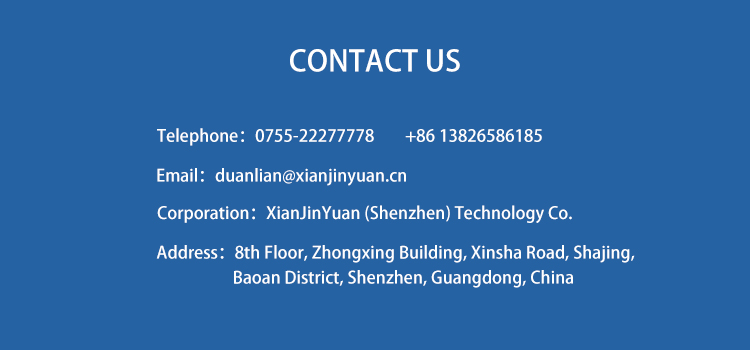Double layered or
Multilayer flat absorbing material, refers to an absorbing material composed of two or more layers of flat plates, whose function is to absorb electromagnetic waves within a certain range, thereby isolating, reflecting or absorbing electromagnetic signals.
The structural design of double-layer or multi-layer flat absorbing materials usually adopts parallel arrangement of two layers of flat plates, with uniformly distributed absorbing materials filled in the middle. These absorbing materials may be pure metal materials, metal grids, ferromagnetic materials, fiber materials, etc.
Absorption mechanism:
For double-layer or multi-layer flat absorbing materials, there are three absorption mechanisms for electromagnetic waves:
1. Reflection absorption: Due to the uniform metal or metal mesh on the surface of the absorbing material, when electromagnetic waves are incident vertically, partial reflection occurs, and at the same time, they are also absorbed by the absorbing material itself. Designers typically use multi-layer flat panels to increase the reflection area and improve absorption performance.
2. Scattering absorption: When electromagnetic waves are not vertically incident, phenomena such as diffraction, scattering, and reflection occur between electromagnetic waves and absorbing materials, which can cause the dispersion and loss of electromagnetic wave energy, thus achieving the effect of absorbing waves.
3. Resonance absorption: Electromagnetic waves passing through
AbsorberDuring the process, it will resonate with the material itself, thereby increasing energy loss and also playing a role in absorbing waves.

Material characteristics:
1. Frequency bandwidth: The frequency bandwidth of double-layer or multi-layer flat absorbing materials is usually affected by factors such as material type, thickness, density, and size. To achieve wideband absorption, we need to use a combination of multiple absorbing materials to achieve the purpose of absorption.
2. Thickness range: In general, the thickness range of double-layer or multi-layer flat absorbing materials is between several millimeters and tens of millimeters, and the thickness directly determines the absorption capacity of the absorbing material.
3. Material density: Density also has a significant impact on the absorption effect. Generally speaking, high density does not represent better absorption effect. When the thickness is fixed, too high or too low density will affect the absorption effect of the absorbing material.
4. Temperature stability: The temperature stability of double-layer or multi-layer flat absorbing materials mainly depends on the type of material used
Polymer based dynamic absorbing materialsDue to environmental factors such as humidity and temperature inside the waveguide, its dynamic electromagnetic parameters will change, leading to a decrease in the absorption effect.
5. Chemical stability: In absorbing materials with stable chemical properties, they will have a longer service life and better absorption performance.
6. Durability: For absorbing materials, their durability also needs to be considered, that is, whether they can maintain stable absorbing performance in long-term use.
Application areas:
Double or multi-layer flat absorbing materials are widely used in many fields:
1. Military field: military radar, countermeasure system, electronic jamming equipment, etc.
2. Communication field: antennas, base stations, etc.
3. Aerospace field: satellites, missiles, fighter jets, etc.
In general, double-layer or multi-layer flat absorbing materials are widely used and powerful materials, which have important application value in military, communication, aerospace, aviation and other fields.





